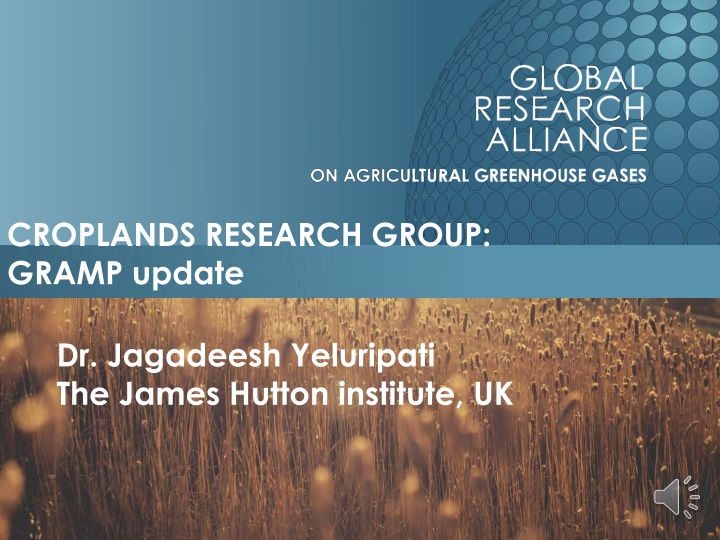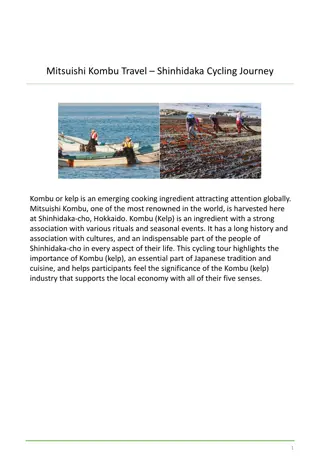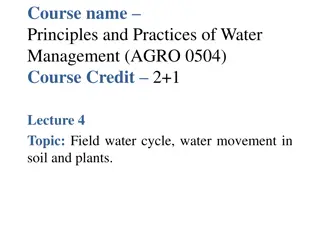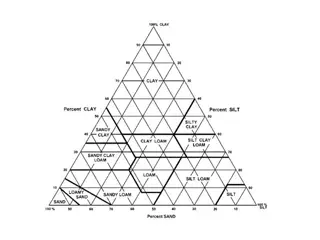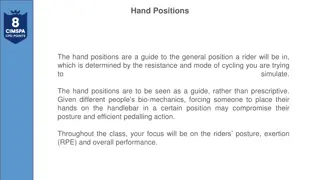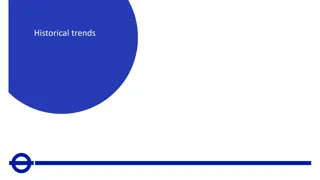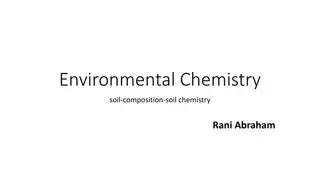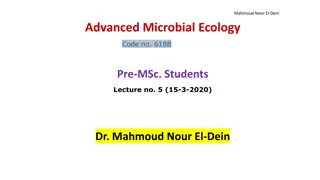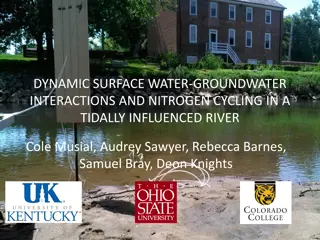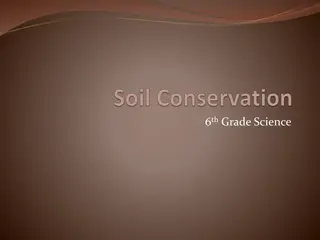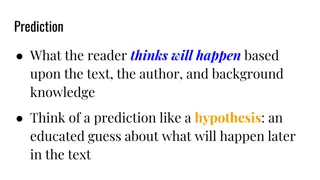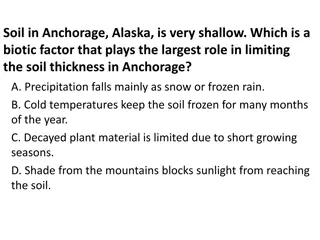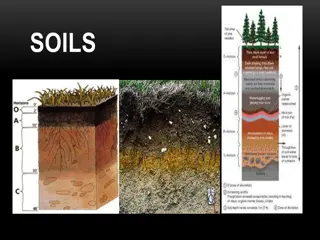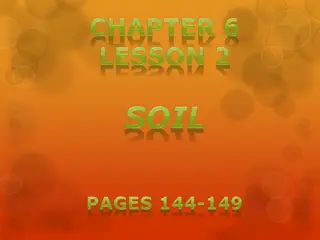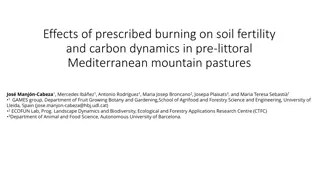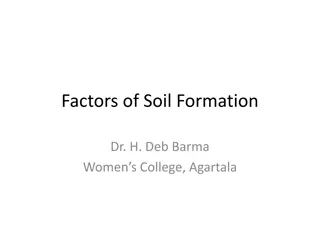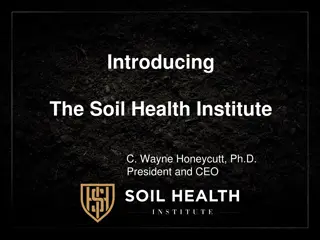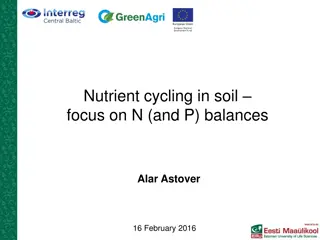Creating a Vibrant Network for Improved Soil C. & N. Cycling Predictions
Aimed at developing an open web-platform for models to enhance predictions of soil carbon and nitrogen cycling in agro-ecosystems within the climate change context. The platform facilitates collaboration among researchers, model developers, and users, enabling strategic evaluation of existing models to account for ecosystem management's impact on greenhouse gas emissions. Activities include network building, information exchange, and virtual labs for model development and future needs. The project also focuses on securing funding for integrated systems to enhance resource use efficiency and reduce GHG emissions through informed decisions on circularity.
Download Presentation

Please find below an Image/Link to download the presentation.
The content on the website is provided AS IS for your information and personal use only. It may not be sold, licensed, or shared on other websites without obtaining consent from the author.If you encounter any issues during the download, it is possible that the publisher has removed the file from their server.
You are allowed to download the files provided on this website for personal or commercial use, subject to the condition that they are used lawfully. All files are the property of their respective owners.
The content on the website is provided AS IS for your information and personal use only. It may not be sold, licensed, or shared on other websites without obtaining consent from the author.
E N D
Presentation Transcript
CROPLANDS RESEARCH GROUP: GRAMP update Dr. Jagadeesh Yeluripati The James Hutton institute, UK
Aim and scope of GRAMP To create an open web-platform for models to improve the predictions of soil C & N cycling in agro-ecosystems in the context of climate change. Establish a vibrant network of specialist researchers, model developers and users who can work together, to examine strategically what the various models on the market can deliver in accounting for the effect of ecosystem management on GHG emissions. Allow network members to exchange information, experience and data and provide a forum for model development for future needs. Creating a virtual labs with version control systems, blogging, Webinars, forums with more interactive tools for easy exchange of ideas and expertise across the world. Linking up a network of experimental sites across the world.
Activities/Accomplishment since last meeting GRAMP is under maintenance and planned upgrade
GRAMP Follow on funding Synergies in integrated systems: Improving resource use efficiency while mitigating GHG emissions through well-informed decisions about circularity (SENSE) , 2022 2025, funded by ERA-NET and Co-funded with GRA (total budget : 1.4 million)
Synergies in integrated systems: Improving resource use efficiency while mitigating GHG emissions through well-informed decisions about circularity (SENSE) Dr. Jagadeesh Yeluripati and SENSE team
Project partners 1. Dr. Jagadeesh Yeluripati, JHI, UK (Co-Ordinator) 2. Dr. David Cameron, CEH, UK 3. Dr. Daniel Enriquez Hidalgo, Univeristy of Bristol, UK 4. Dr Marianna Siegmund-Schultze, Stichting Wageningen Research, Netherlands 5. Dr Sabine Zikeli, University of Hohenheim, Germany 6. Dr Christopher Brock, Demeter, Germany 7. Dr Elena Testani, Consiglio per la ricerca in agricoltura e l analisi dell economia agraria Research Centre for Agriculture and Environmen, Italy 8. Dr Beata Madari, Embrapa, Brazil 9. Dr Marcelo Beltran, National Institute of Agropecuarian Technology, Argentia 10. Dr Veronica Ciganda, Instituto Nacional de Investigaci n Agropecuaria, Uruguay
The overarching objective of our project Develop integrated agriculture management approaches through increased circularity to support EU net zero emission targets. Our project will therefore address the following questions: Which circular activities in integrated (crop-livestock-forestry) systems lead to potential GHG mitigations at farm level? What are the externalities determining the extent of circularity at farm level? What are the impacts of circularity measures in crop-livestock-forest systems on the SDG goal 13 on Climate Action and on further grand challenges, such as biodiversity and decent incomes for farmers? Are farmers in Europe willing to adopt any form of circular crop-livestock-forestry systems? What level of complexity would be preferable for European farmers? Which factors encourage or discourage the adoption of such systems?
SENSE ICL GHG $$ ICLF ICF ILF Participatory circularity assessment
Country Institution Study area Experimental Station (ES) or Commercial Farm (CF) Benchmark (B) or Participatory (P) Type of Integrated System Time under Integrated System (years) Total area (ha) JHI / UKCEH / UOB Glensaugh ES+CF B ICL 20 1150 UK WUR De Regte Heijden Boer in Natuur Hof Sonnenwald CF B P B+P ICLF ICLF ILF; ICLF 80 24 NL 4 UHO / Demeter CF 1-3 68.5 DE Bauernhof Familie Frey Arche-Wilhelminenhof Miltenberg Kornelia Vogt P P P ICLF ILF ICLF CF P CREA CREA 1 (Central Italy) CF B ICL 15 300 IT Embrapa Embrapa Rice and Beans ES B ICL 21 8+8 BR Embrapa Maize and Sorghum CF P ICLF - CNBB 3 15 Embrapa Maize and Sorghum CF P ICL - LCBB 2 85 Embrapa Agrosilvopastoral ES B ICLF; ILF; ICL 10 110 INTA INTA 1 (Corrientes) CF P ICLF 5 10000 AR INTA 2 (Buenos Aires) INTA 3 (Buenos Aires) INTA 4 (Tucuman) INIA 1 CF ES CF ES P B P B ILF ILF ILF ILF 5 800 360 10 INIA <1 27 UY
SENSE Workflow WP1 dataset and information from the case study History of crops, pasture and trees species used in the system, including yields and management (inputs, operations) Soil fertility data (stratified per layers), including chemical, physical and biological aspects Climate data set (30 yr time spam) Previous datasets for GHG and auxiliary variables Dataset WP3 Alternate scenarios and Optimization to improve circularity Use manure DNDC model to find optimal circularity measures Optimization WP2 Circularity matric Evaluate current state of system by following indicators Feed sufficiency, Share of nutrient recycled in system, Waste exported out of system , near real-time GHG emission estimations System performance, nutrient and C processes Short-term circular measures Intervention with circular measures based on a participatory approach WP4 Multidimensional Assessment and Optimization with Farmers Evaluate the status quo of sustainability and circularity on the farms based on multidimensional tools and WP2 indicators Integrate outputs of WP3 and WP2 by assessment of trade-offs with other sustainability goals and socio-economic aspects on-farm, define interventions Externalities Synthesis WP5 : Synthesis , communication and dissemination Inter-compare potential for circularity in various agriculture systems across biogeographic regions Compare integrated systems before and after implementation of circular measures Identify scalable circular measure contribute to improved productivity and net-zero
